This free online PID controller gains tuning tool helps us to find out your PID tuning parameters by importing the step response data into the web application.
PID Tuning Tool
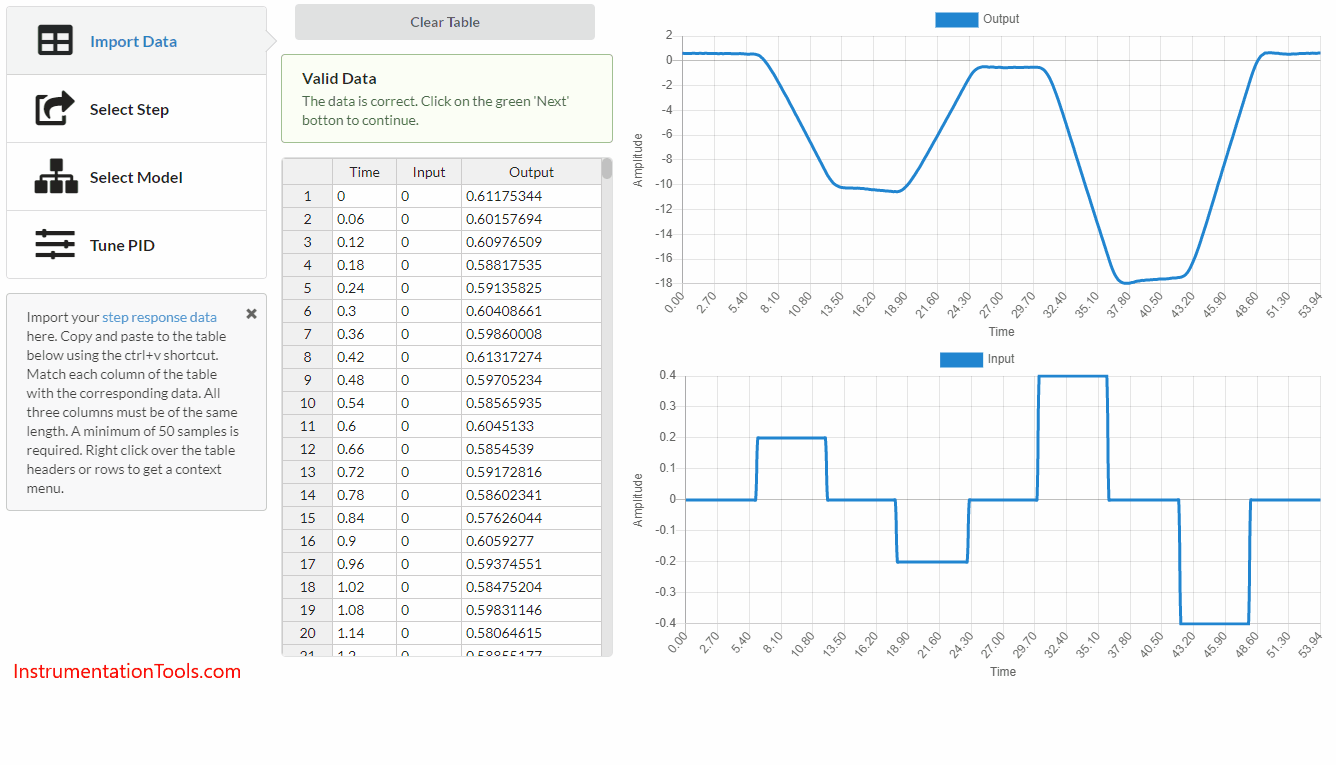
PID Software Link: PID Tuner
How-to use the PID Tuner?
Step 1:
Create a step response input to your PID controller.
Note down the time, input, and output values from the test.
Step 2:
Import your step response data. Refer the above animation.
Copy and paste to the table below using the ctrl+v shortcut. Match each column of the table with the corresponding data.
All three columns must be of the same length. A minimum of 50 samples is required. Right click over the table headers or rows to get a context menu.
Step 3:
The step response data might contain multiple steps, but for tuning purposes, only one step is needed. Please select the smallest time range, where only one step response data is contained.
It is possible to define custom ranges by dragging the vertical lines.
Step 4:
The model type that best fits the step response data is automatically selected. It is possible to select a different model by clicking it.
You can choose 1st order, 2nd order, Integrator, Integrator with Lag, and Double Integrator models.
Individual model parameters can be updated manually. Press Enter after changing a parameter to update the simulation.
Step 5:
These PID gains provide a starting point for tuning your PID.
Feel free to change the PID gains as desired and see the resulting step and disturbance response changing in real-time.
Press Enter after changing a gain to update the simulation.
Try different combinations of PID gains until you get the desired result.
Finally, note down the PID gain values.
Next, update your real PID controller with these parameters, and observe its response in real-time.
Install the PID Tuner for Offline
Read Next:
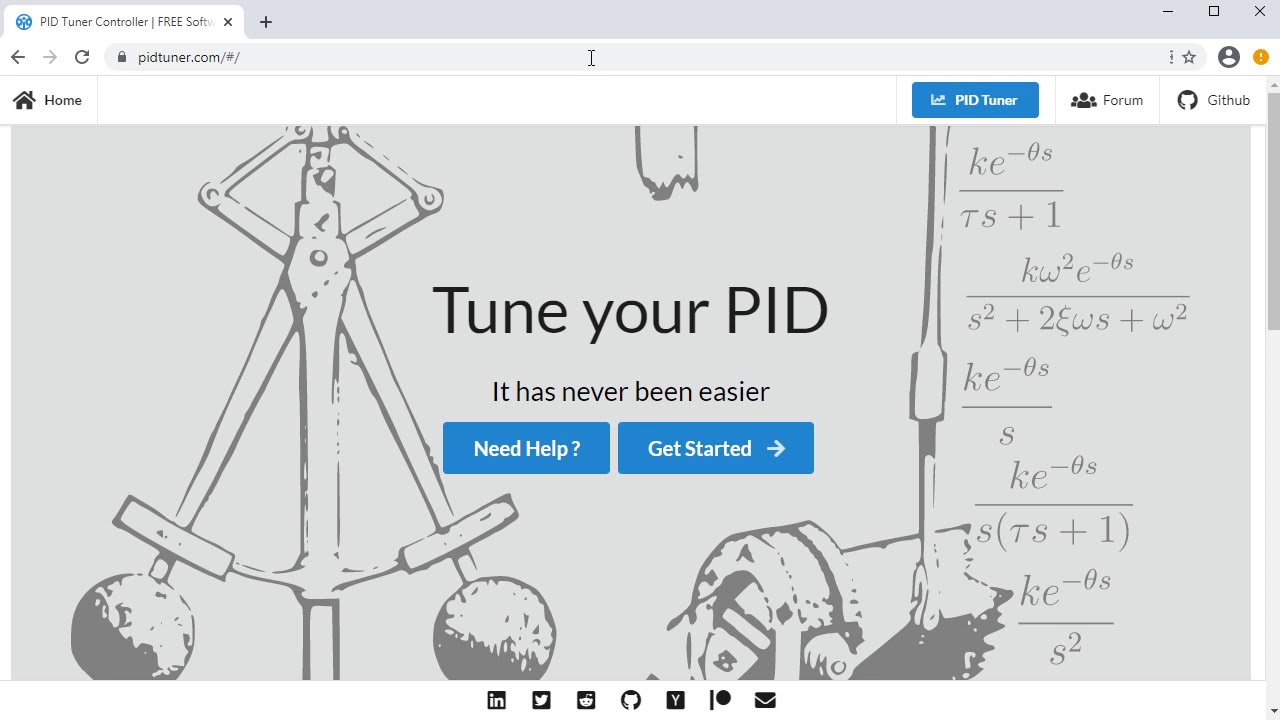
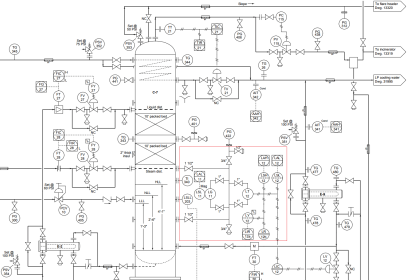

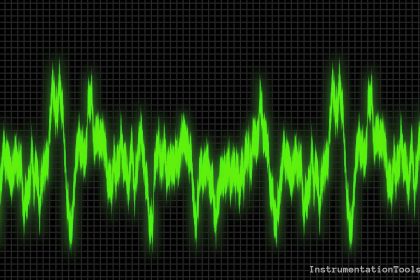


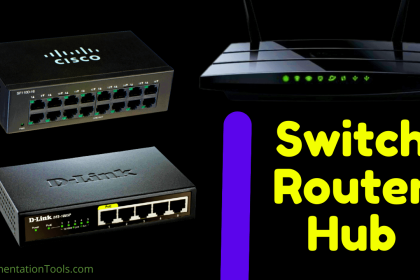
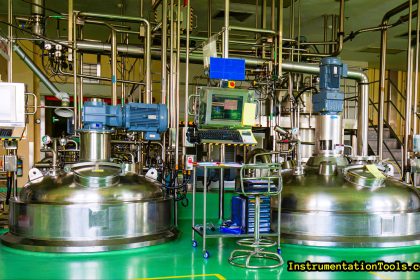
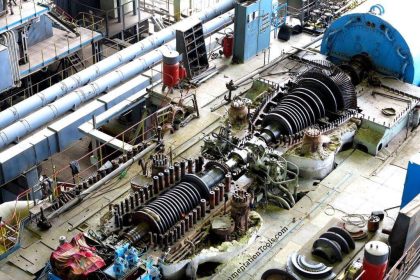

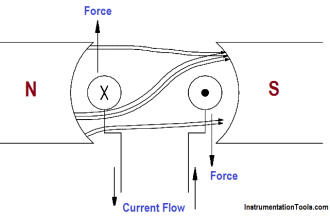
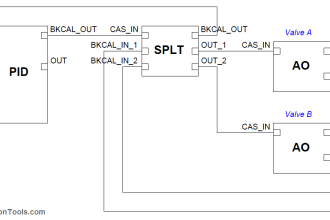


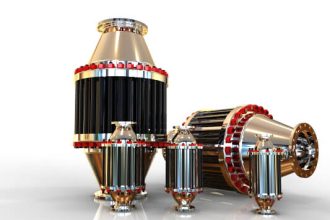
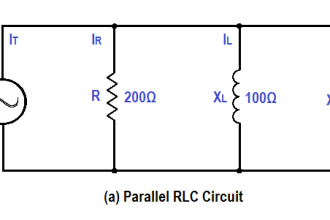


Great PID tuning tutorial
How can I get PID-tuner? The site pidtuner.com is blocking me.